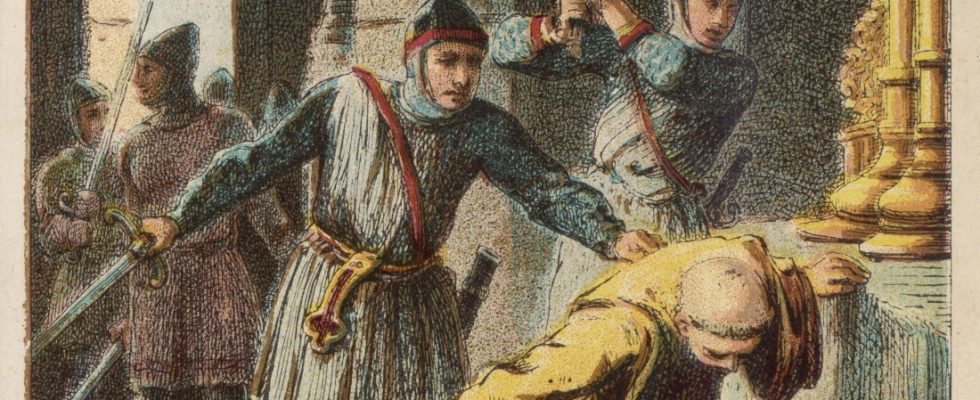It is a Thursday evening in the year 1298. A fight breaks out between students in a tavern on the High Street in Oxford, and shortly afterwards groups attack each other with swords and battle axes. Later, a coroner determines that student John Burel has a fatal wound on the top of his head that is six inches long and extends to the brain. Not a rare sight in medieval Oxford. At least according to the English History Project Medieval Murder Map.
The project researches medieval murders in English cities and records them on a digital map. In 2018 it started with London, now York and Oxford have been added. And it was in the latter city that the team led by criminologist Manuel Eisner from the University of Cambridge found what they were looking for. The researchers estimate that the per capita murder rate in Oxford was four to five times higher than in the other two cities. Both perpetrators and victims were primarily students.
Three quarters of the perpetrators are referred to as “clericus” in the historical sources – and so are 72 percent of the murder victims. In the context of Oxford, this means that they must have been students, they say. They were subject to canon law and had privileges over the rest of the city’s residents. They did not fall under the jurisdiction of the cities, and the death penalty could not be imposed on them.
Students were young, male, armed and often drunk
Why were the students once so violent? They were young; at fourteen to twenty-one years old, many would still be considered teenagers today. When they began their studies, they were removed from their family and social environment. Control by family, community or guild was replaced by a dormitory, alcohol, boredom, easy access to weapons and an ideal of male honor: fertile ground for escalating conflict.
There were also structural tensions between students from different backgrounds. In Europe at that time, students were divided into so-called nations, which were organized in a similar way to fraternities. At Oxford, as at Cambridge, for example, students were divided into “Southerners” and “Northerners” – depending on whether they had previously lived south or north of the English River Trent, which flows through the English Midlands.
The rift between the two nations resulted in attacks and counterattacks. The history project compares the conflicts to gang wars in today’s cities. The dispute came to a head in the early 1330s. At that time, several Northerners fled from Oxford to Stamford, more than 100 kilometers away, so that even the king at the time was forced to intervene and settle the dispute.
In their analysis, the researchers rely on the investigative reports of forensic pathologists. A complete set has survived for Oxford for the period between 1342 and 1348, including a catalog of sudden or murderous deaths drawn up by a jury of local residents. They were written in Latin and contain the names, exact location and value of the murder weapon. There are also records from the university’s first archivist, which were made between 1296 and 1324 – and who was particularly interested in cases involving students. Nevertheless, the team is certain that students have been the most violent of all social and professional groups in Oxford. In their map they recorded a total of 68 murder cases for Oxford.

